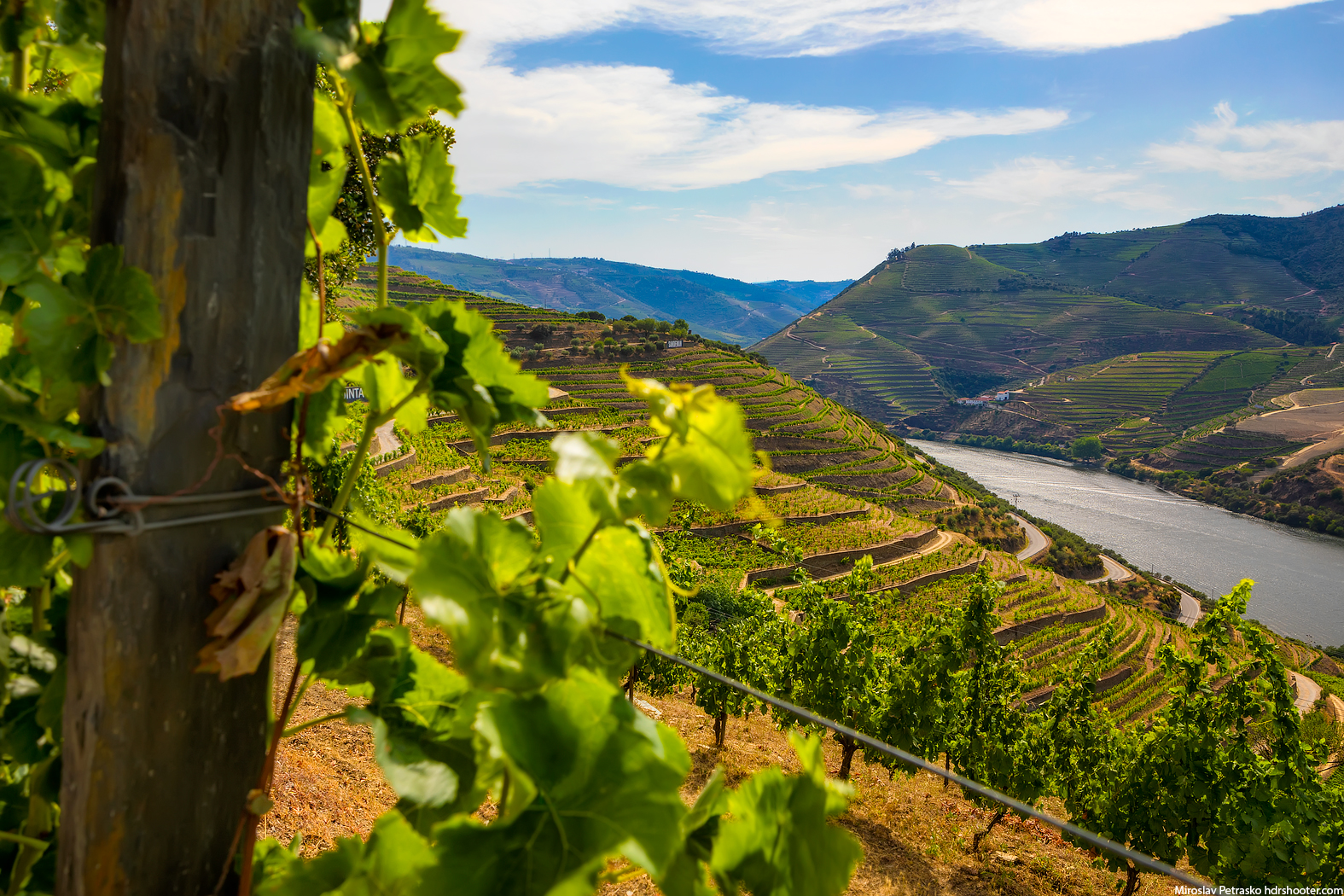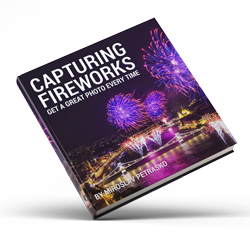Hot day in the vineyard
It got a bit colder recently, so of course I will post a photo from a very warm day :) This one is from my trip to Portugal last year. It was in the middle of August and the temperatures were around 40-44 degrees all the time. Really not something I’m used to. But when one takes photos, one even forgets about that :)
This is a single exposure, edited in Lightroom and Photoshop. Taken at the Quinta da Roeda in the Douro Valley.















